You have 0 product(s) in your cart.
Abyss Scuba Diving
Scuba Diving In Sydney: A Beginner's Guide | Abyss Scuba Diving
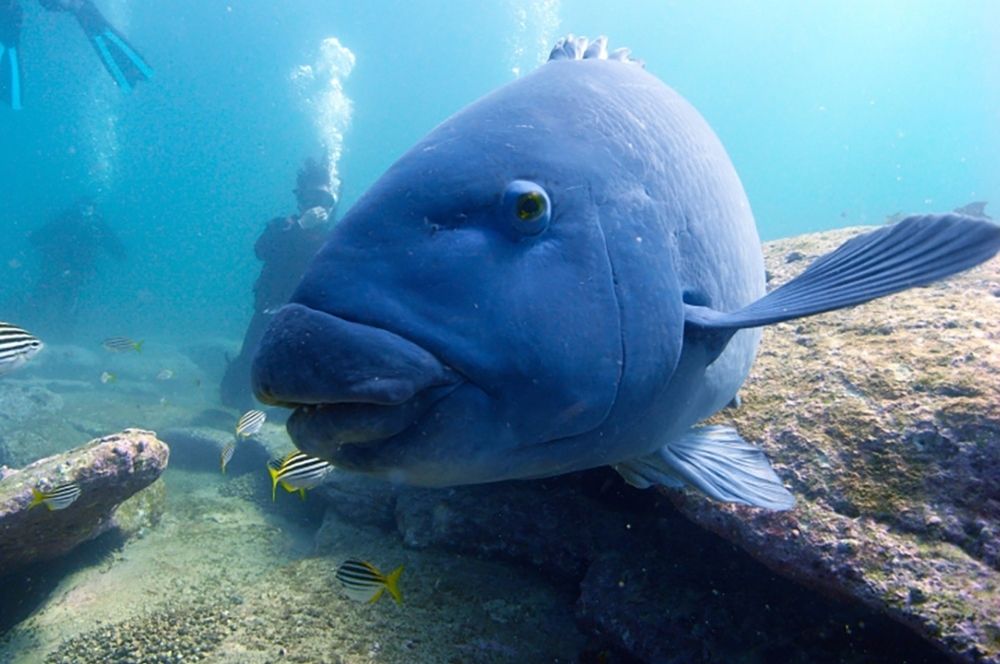
A Beginner's Guide to Scuba Diving in Sydney: What to Expect and How to Prepare.
Looking to dive into the underwater world of scuba diving in Sydney? We've got you covered with this beginner's guide that includes helpful tips and insider knowledge. Get ready to plunge into an exciting adventure where you'll explore the fascinating marine life and stunning sponge gardens. We'll show you exactly what to expect, from the equipment you'll need to the techniques you'll use, so you can feel confident and prepared as you take your first breaths underwater. So grab your fins, and let's dive in!
Choosing a Dive Center
When searching for the best dive centre in Sydney, there are several key elements to keep in mind that can shape your diving experience. Opt for a facility with plenty of options, including shore and boat dives across varying dive sites and depths, so you can easily find something suitable. You'll surely have an amazing time underwater by selecting the proper dive centre! For a positive and secure scuba experience, ensure the dive centre you choose offers courses for every skill level. Then, verify that their equipment is up-to-date and properly maintained by experienced instructors and dive masters certified through esteemed organizations like PADI or SSI. Moreover, look into what type of active diving community they have - especially if they organize trips to beautiful coastal areas in NSW!
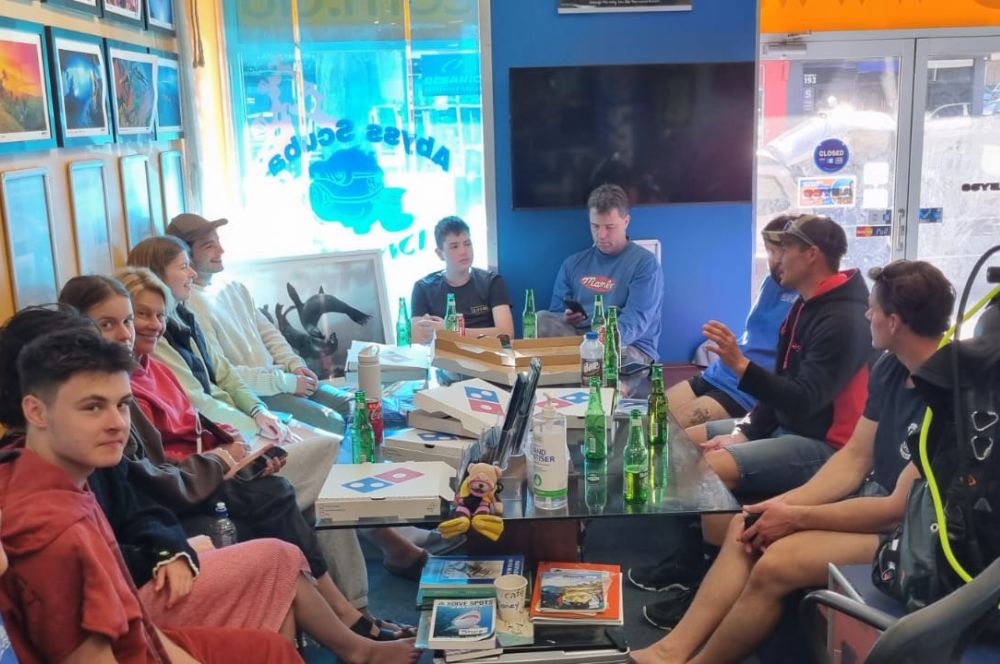
The Certification Process
To explore the treasures of Sydney's ocean depths, you must become qualified in scuba diving. This entails online training, practical instruction in a pool, and four dives to demonstrate your ability. The Open Water Dive certification program will introduce dive theory, safety protocols and equipment usage- all essential elements for anyone seeking certification! PADI offers several certifications ranging from Open Water Diver up to Instructor level - but the open course is where it begins! So if you want to discover new worlds beneath the waves, take that first step towards earning your open water certificate!
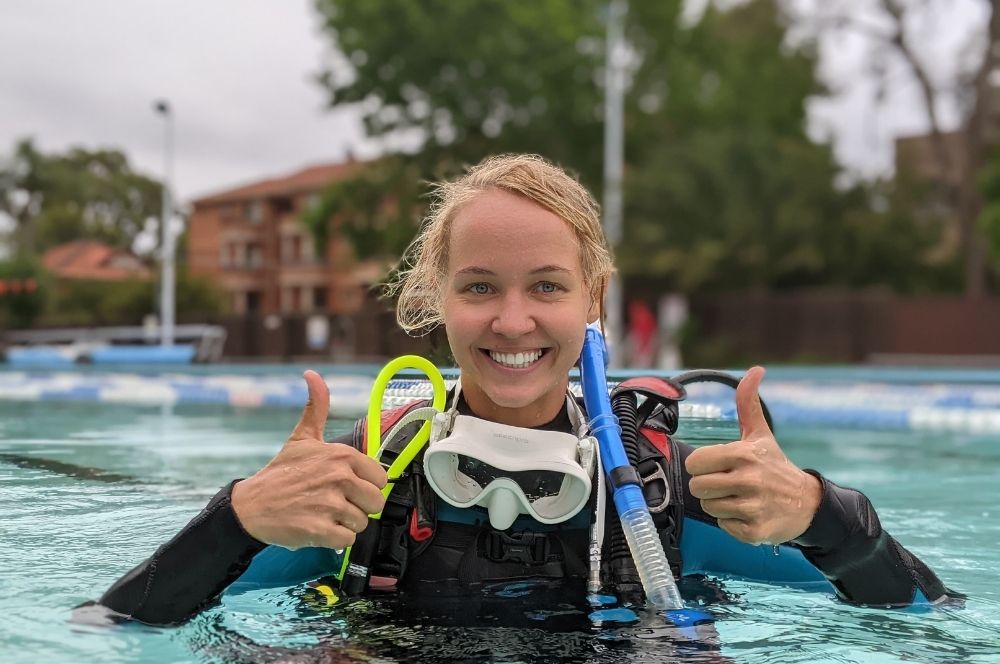
Equipment Requirements
Scuba diving requires specific equipment to ensure your safety and comfort underwater. The essential equipment includes a wetsuit, fins, mask, and tank. Other necessary equipment includes weights, regulators, and buoyancy control devices (BCDs). We recommend a 7mm wetsuit with open-heeled split fins in Sydney with boots. Your dive centre will provide rental equipment and guidance on choosing the right gear for your needs and preferences. You can also purchase your equipment; your dive centre can help you decide what to buy.
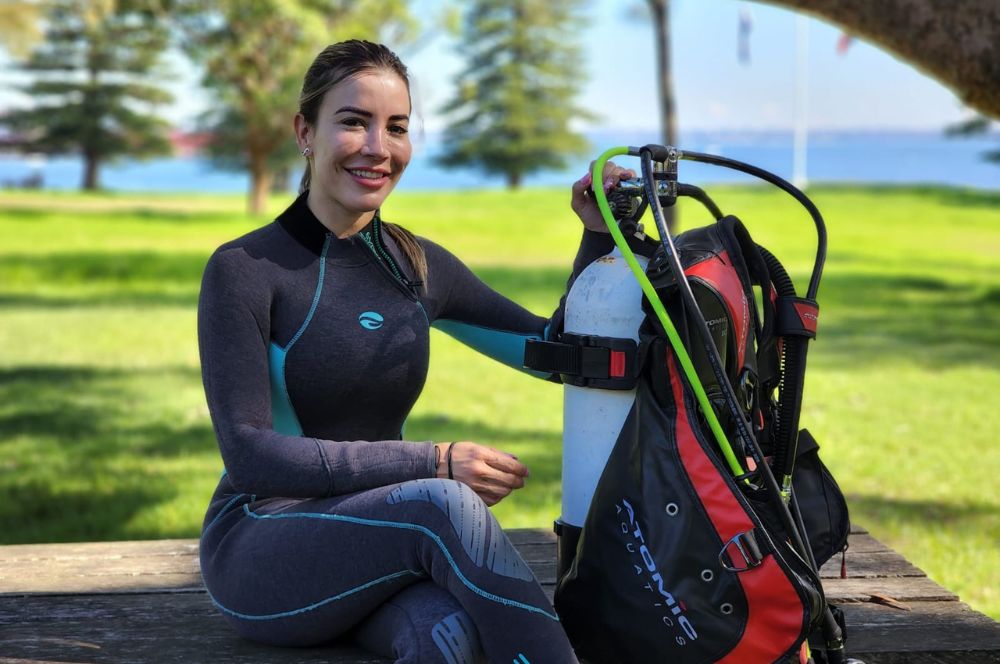
Preparing for Your Dive
Scuba diving requires a certain level of physical fitness and mental preparedness. Before your first dive, you will need to complete a medical questionnaire to ensure that you are physically able to dive. It is also essential to prepare mentally and emotionally for your dive. This may involve practising breathing exercises, visualization techniques, and relaxation techniques. Your PADI dive centre can guide how to prepare for your dive and help you build the confidence and skills you need to succeed.
What to Expect on Your Dive
When you go scuba diving in Sydney, you will be amazed by the incredible marine life and natural formations you will encounter. The underwater world in Sydney is diverse and home to many unique creatures, including seadragons, sharks, rays, seahorses, and octopuses. You will also explore shipwrecks, underwater caves, and other fascinating structures. Some of Sydney's most popular dive sites include Bare Island, Shelly Beach, and Magic Point.
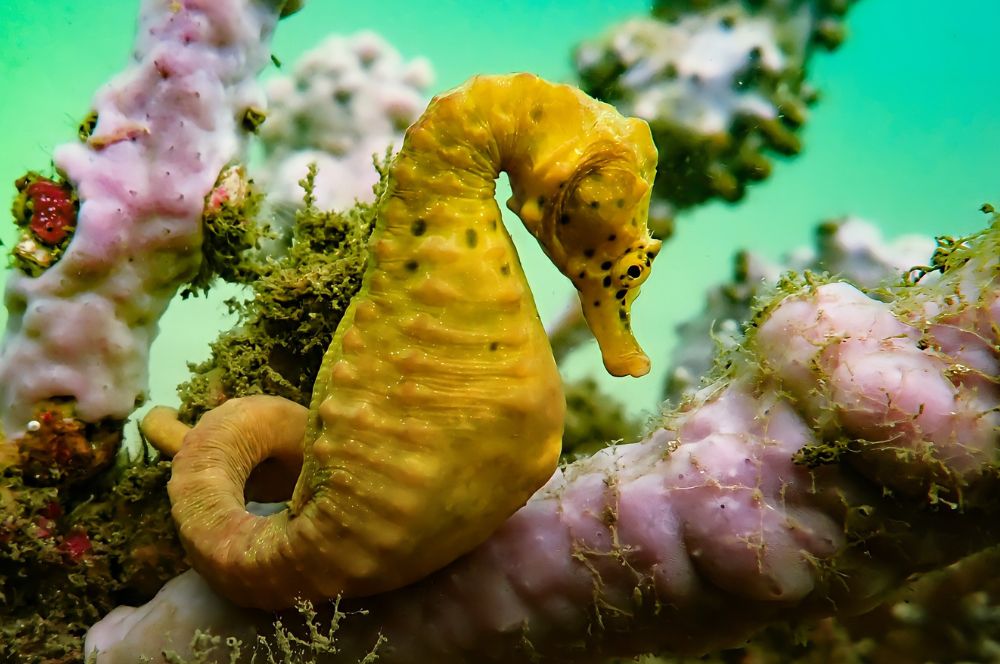
The water temperature in Sydney ranges from 15 to 24 degrees Celsius, depending on the time of year. Visibility is usually good, with an average of 5 to 10 meters, although it can be affected by weather conditions. The excellent shore diving in Sydney is an advantage for scuba divers, as it offers easy access and eliminates the need to deal with seasickness. Shore diving is also more affordable than boat diving and allows longer dive times.
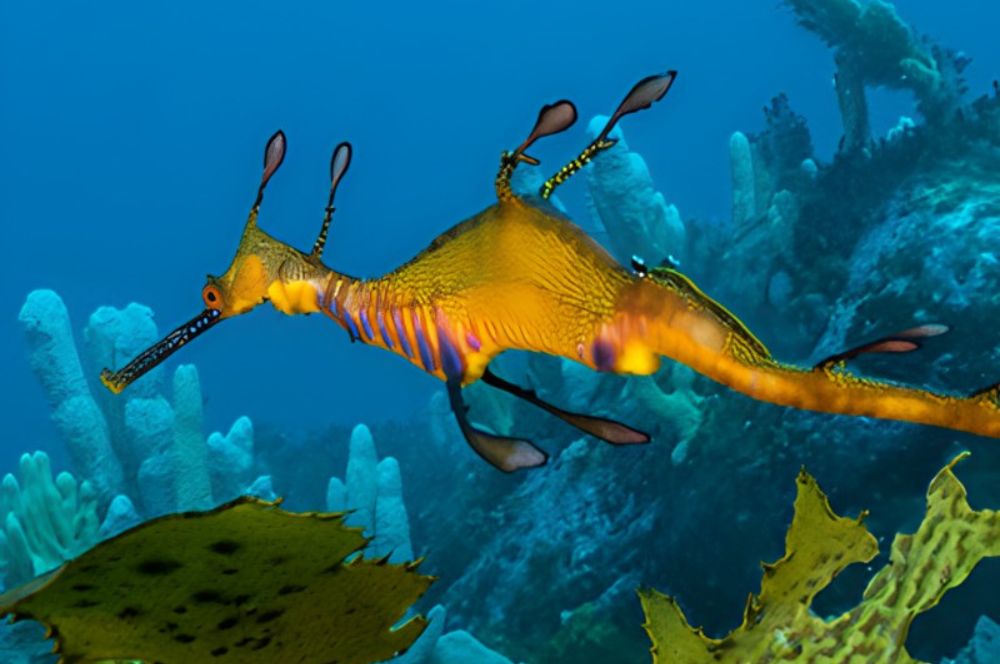
Marine life in Sydney is diverse and abundant. The region's temperate waters are home to various fish species, including blue gropers, kingfish and large schools of yellow tails. You may also see larger species, such as the endangered grey nurse shark, a protected species in Australia. Additionally, Sydney is known for its sponge gardens and unique ecosystems that provide a habitat for various marine life. These gardens are home to colourful sponges, sea stars, nudibranchs, and other fascinating creatures.
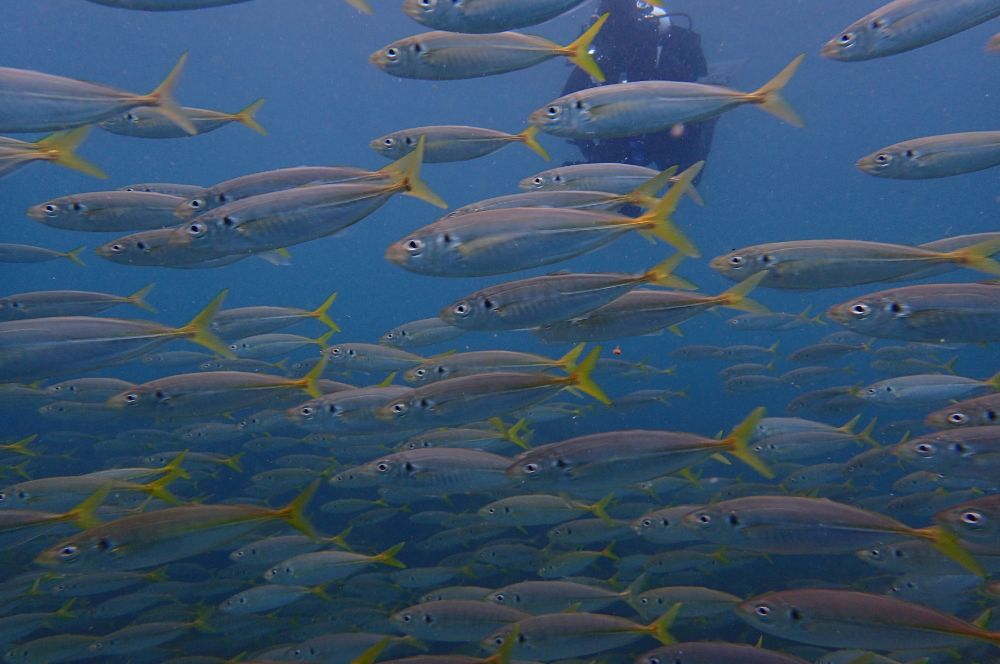
The underwater landscape in Sydney is also diverse and fascinating. You will see stunning rock formations, walls, and caves home to various marine life. The shipwrecks in Sydney are particularly interesting, as they offer a glimpse into the region's maritime history. Some of the most famous shipwrecks in Sydney include the SS Royal Shepard and the MV Malabar.
The advantages of shore diving in Sydney are numerous. Shore diving is more affordable than boat diving, as it eliminates the need for boat rental and fuel costs. Shore diving also allows longer dive times, as no time is spent travelling to and from the dive site. Additionally, shore diving is more accessible, eliminating the need to deal with seasickness and other boating challenges.
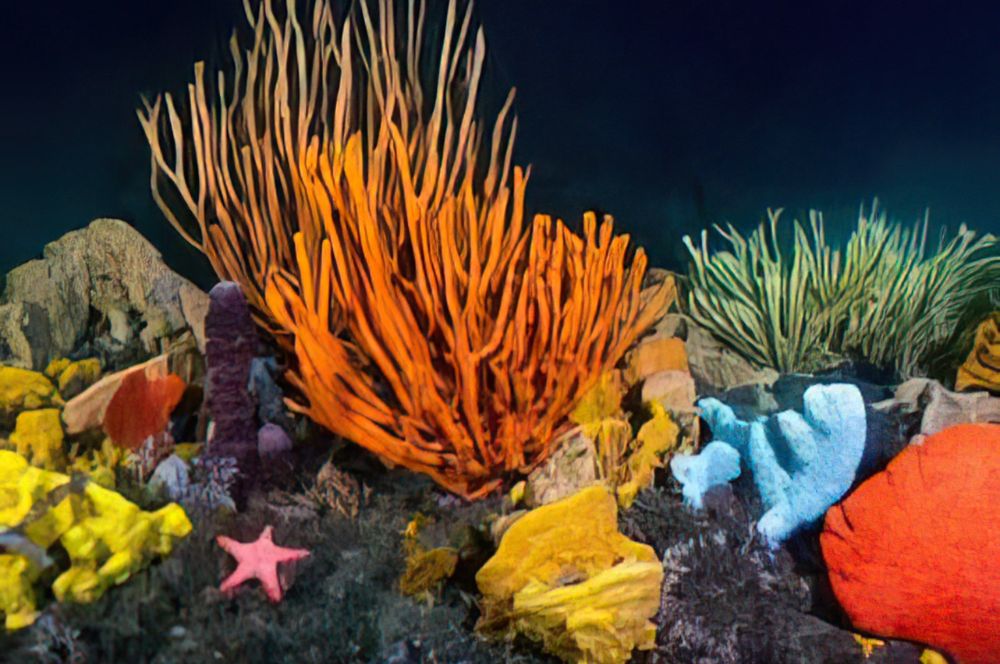
Safety Tips
Scuba diving in Sydney is a safe and enjoyable activity, but it is important to prioritize safety at all times. Here are some essential safety tips for scuba diving in Sydney:
- Dive with a buddy: Never go scuba diving alone. Diving with a buddy is essential for safety and allows you to share the experience with someone else.
- Check your gear before each dive: Before you dive, always check your gear to ensure that it is functioning properly. This includes checking your regulator, BCD, and tank. Make sure that all equipment is in good condition and that it is properly fitted.
- Follow your dive master's guidance: Your DM guides you and ensures your safety. Always follow their instructions, and do not hesitate to ask questions or express concerns.
- Monitor your air supply: Keep an eye on your air supply at all times, and do not exceed your dive limits. Make sure to surface with enough air remaining in your tank for a safe ascent.
- Watch your depth and time: Be aware of your depth and time underwater, and follow the recommended dive limits for your certification level. Do not exceed your training and certification limits.
- Stay warm and hydrated: Scuba diving can be physically demanding and cause you to lose body heat and become dehydrated. Wear appropriate gear and stay hydrated before and after your dive.
- Watch out for marine life: Be respectful of the marine life you encounter, and do not touch or disturb them. Some marine species can be dangerous, and it is important to keep a safe distance.
- Stay within your training level: Always dive within your certification and training level. Do not attempt any dive that is beyond your training level.
- Have a safety plan: In case of any emergency, it is important to have a safety plan. Your PADI dive centre will provide you with safety guidelines and procedures that you should follow.
- Follow local laws and regulations: It is important to follow local laws and regulations related to scuba diving in Sydney. Do not engage in any activity that is prohibited by law.

Conclusion
Scuba diving in Sydney is a unique and unforgettable experience. You can have a safe and enjoyable scuba diving adventure in Sydney by choosing the right dive centre, completing your certification, preparing for your dive, and prioritizing safety at all times. Scuba diving in Sydney offers a chance to explore the beauty of the underwater world and especially connect with nature.
RELATED BLOGS
-
Sydney Harbour vs Botany Bay: Dive…
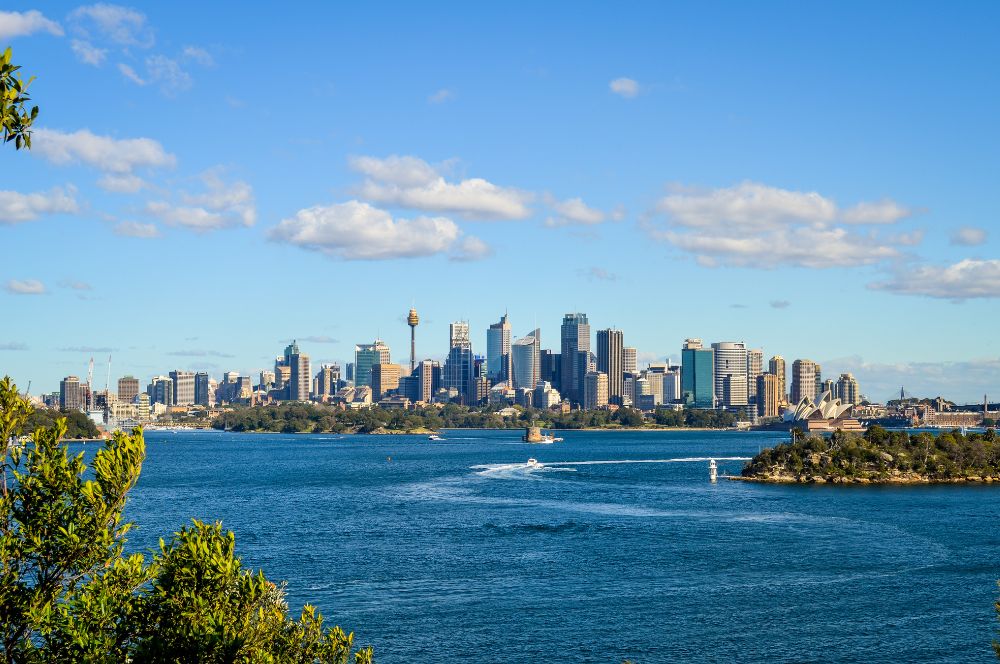
Sydney Harbour vs Botany…
Harbour vs. Bay: Exploring the Underwater Worlds of Sydney Harbour and Botany Bay Scuba diving is an incredible […] -
Discover Sydney Harbour's Key Wrecks…
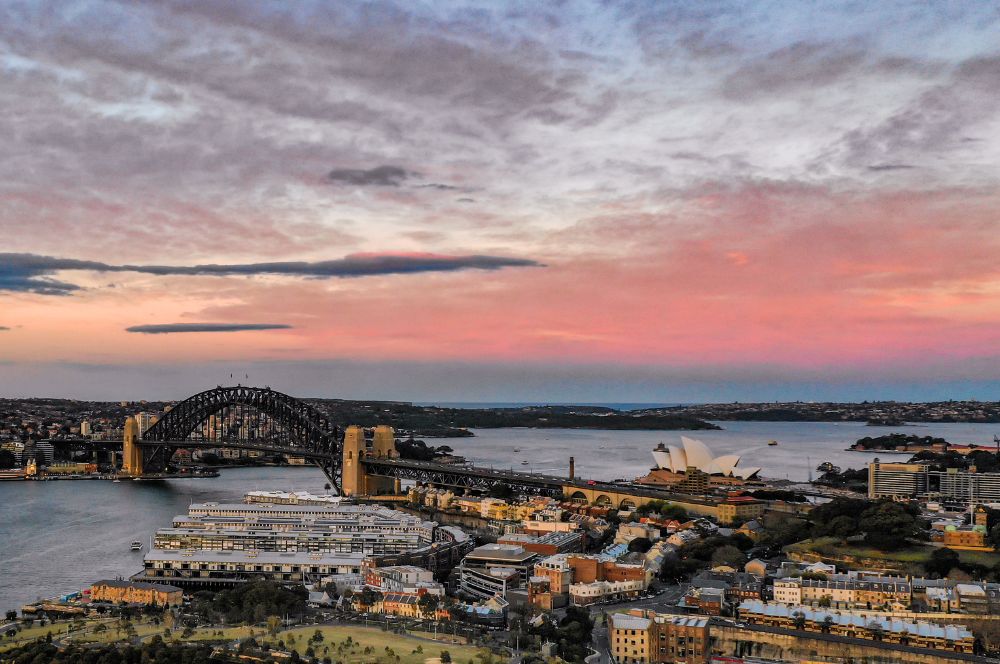
Discover Sydney Harbour's…
Diving into the History of Sydney Harbour's Key Wrecks Did you know Sydney Harbour is home to an underwater […] -
Sydney Harbour Scuba Diving: Ultimate…
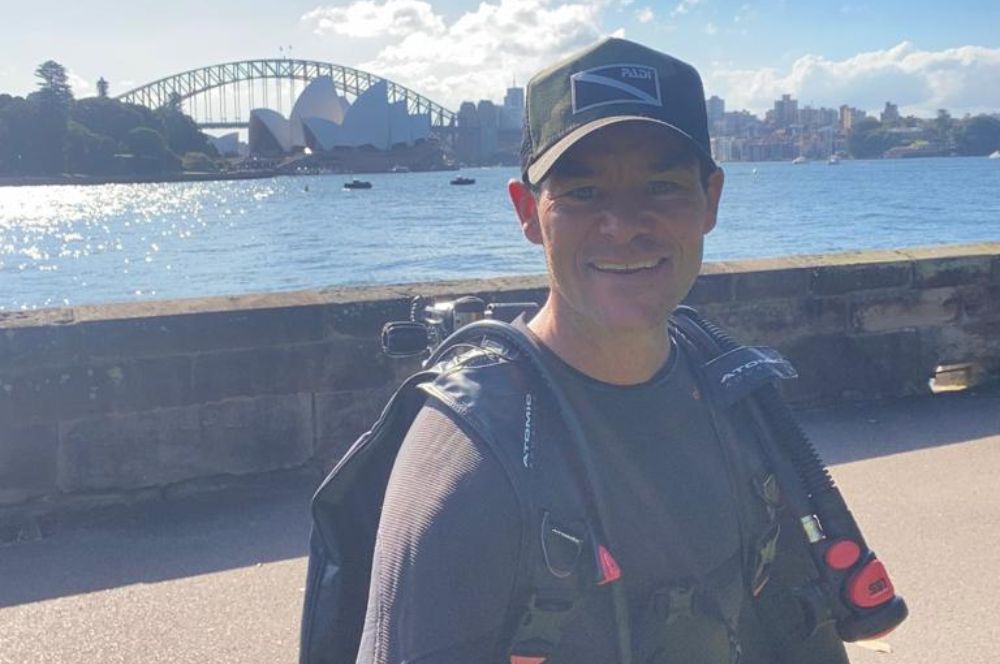
Sydney Harbour Scuba…
Sydney's Underwater Paradise: Discover the World's Richest Harbour for Marine Biodiversity - Ultimate Scuba […] -
Underwater Photography Tips in Sydney:…
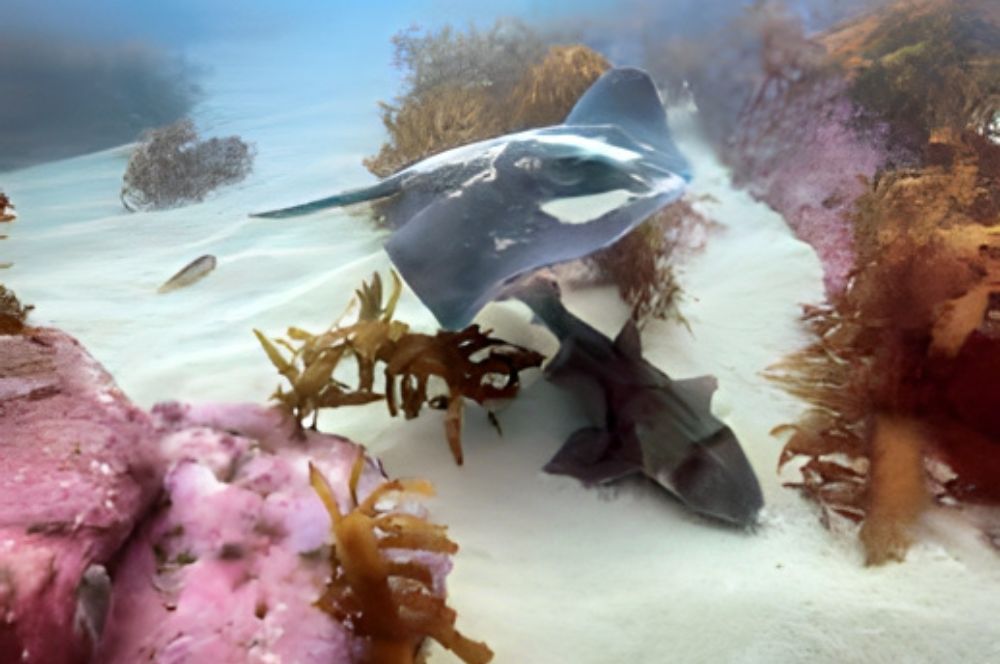
Underwater Photography…
From Sharks to Seadragons: Tips and Tricks for Underwater Photography in Sydney's Dive Sites Sydney's aquatic […]
Recent Posts





